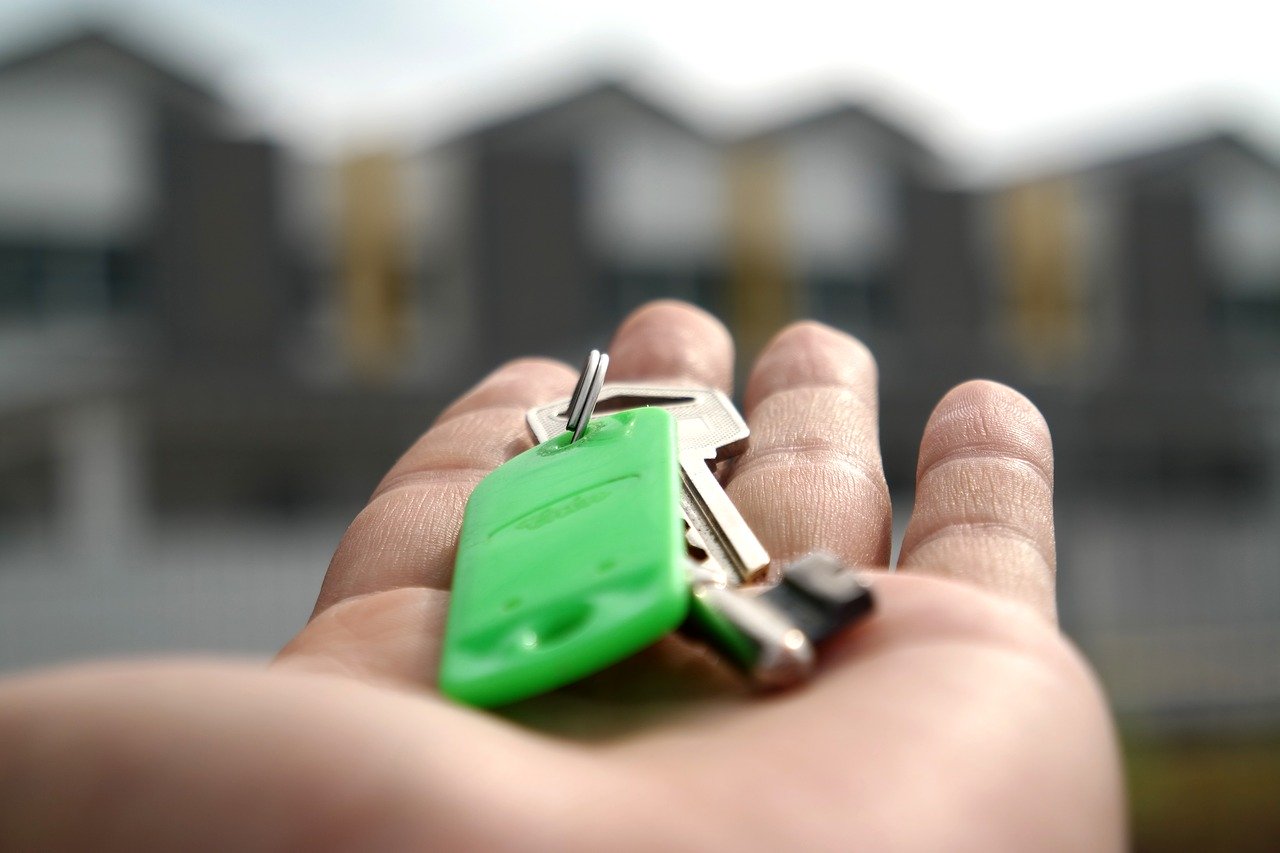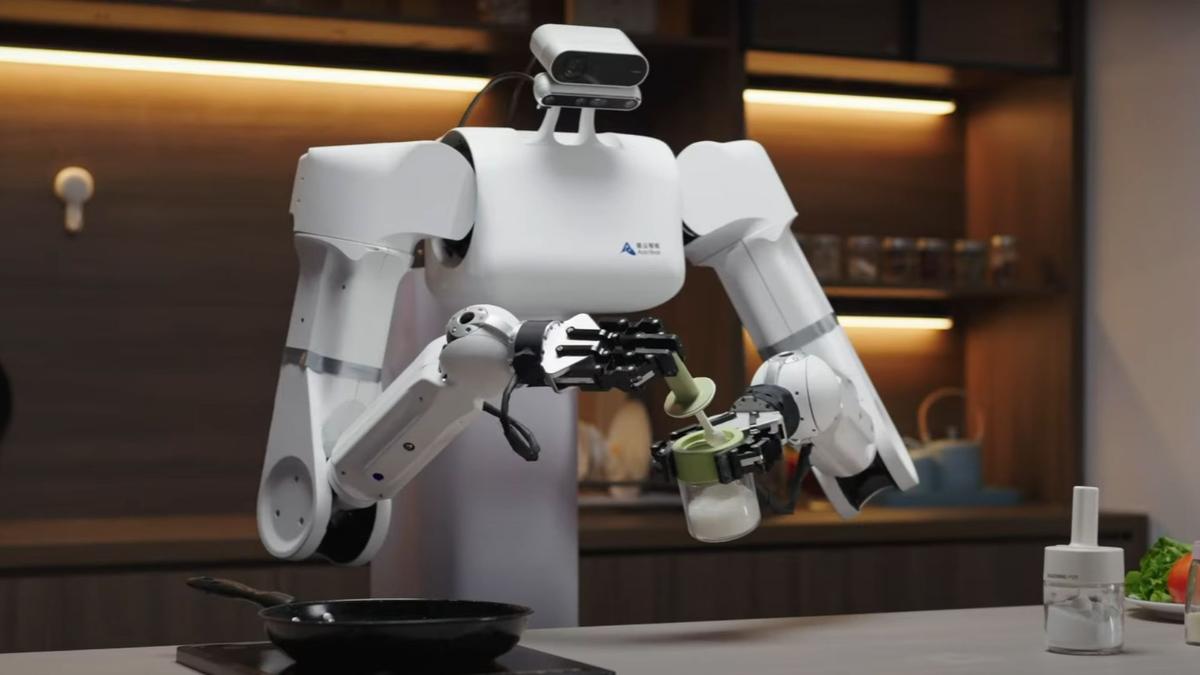As technology advances, so do home security systems. Originally, home security systems began with simple locks and eventually progressed into full-blown home surveillance systems.
Now, home security systems are more user-focused and user-friendly than ever. Installation of systems, such as one from Ring or Simplisafe, can be done by the homeowner and can be controlled remotely with a smartphone.
In this article, we’ll dive into how home security systems have evolved and how they continue to incorporate advanced technologies into their systems.
Audio sensors and vibration
Vibration sensors have been known to be the primary cause of false alarms in security systems, as it is quite easy to set them off. When a bird hits the window, or a branch falls off a tree, it can cause a false alarm.
With today’s technology, the security systems have been integrated to differentiate between shattering glass and general noise, which makes it easy to determine whether or not a real break-in is occurring.
Wireless security system
Older security systems use a lot of wires and require tedious installation. Today, home security systems have introduced wireless networks that are more cost-effective and easier to operate than hand-wired security systems. It also makes it easier to divide your home security into different areas.
Wireless technology enables you to pinpoint the areas in your home with issues without believing false alarms. Wireless security systems have been around for a while, however, they weren’t nearly accessible and widespread as they are now.
Leak detection
Thieves and fires are not the only hazards that can cause damage to your home. Today, there are home security systems that can furnace failures, detect leaks, and detect other household problems. These systems alert quickly when something happens so that you can take the necessary actions quickly to prevent your home from suffering water damage, frozen pipes, or other high-cost problems.
Smartphone apps
The recent technological advancement has introduced mobile apps that allow you to control and monitor your home security remotely, making it faster and easier for you to get an alert when there is a break-in in your home. It allows you to have full control of your security system virtually from anywhere. Additionally, since most people have their phones on them at all times, you’ll likely be able to respond to notifications with seconds.
Integration with medical and fire response
Home security systems now offer a variety of services, ranging from security to fire coverage. Many elderly and senior people who live alone and have health problems can choose to add things like an immediate fire and medical response actions. These add-ons are available to any home security customer, however, and are a great addition to ensure the total safety of you and your home.
Keyless entry
While keys are still commonly used throughout all security systems, keyless entry is a relatively new feature. This feature allows you to enter your home without a physical key, but rather with a fob that unlocks the entryway when brought near the sensor. Some people continue to use physical keys, however, as it gives a sense of security knowing you have a non-technological way of gaining access to your home.
As technology continues to advance, we’ll see more improvements in home security. From keyless entry, wireless systems, and DIY home security systems, the changes made so far have benefited many homeowners. In the coming years, some advancements to keep an eye on include package security, addressing privacy concerns, allowing for more energy-efficient homes, facial recognition technology, remote access, and more. To learn more, check out some 2020 trends in home security.







